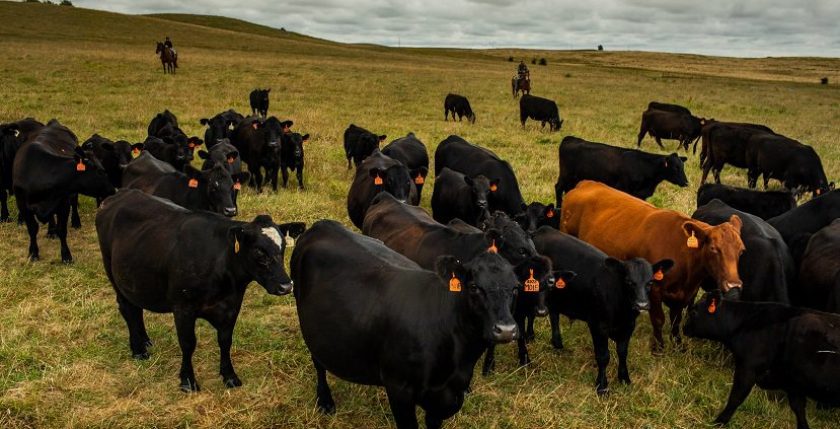It is pregnancy-check season in many parts of the country – a time to identify and sell open cows and take steps to ensure pregnant cows deliver calves that are as healthy and strong as possible to help them thrive in the face of normal neonatal challenges.
Here are five considerations for preg check to help ensure the last 90 days of pregnancy have a positive impact on your herd’s future from Kevin Hill, DVM, Technical Services, of Merck Animal Health.
1
Check pregnancy status. The cost of a pregnancy check is minimal when you consider the cost of feeding an open cow through the winter, especially when the price for cull cows is relatively high. Aside from determining pregnancy and estimating calving dates, this is a good opportunity to physically examine cows and check the condition of teeth and udders. Evaluate the body condition of cows and heifers and adjust nutritional requirements so the herd will be at a body condition score of 5 or 6 at calving.
2
Determine vaccination needs for the cow. If the cow herd was not vaccinated in the spring before breeding, now is the time to give the annual respiratory and reproductive vaccine boosters. A killed or modified-live vaccine (MLV), labeled as safe for pregnant cows, can be used. MLV vaccines should only be used if a cow has been vaccinated within the past 12 months with the same vaccine. Vaccines providing protection against Bovine Viral Diarrhea (BVD), Infectious Bovine Rhinotracheitis (IBR), vibriosis and leptospirosis are essential.
3
Prepare for passive protection. Vaccinating cows prior to calving also will stimulate antibody production that will result in higher-quality colostrum, ultimately giving calves better protection when they’re born. For example, you can administer a scours vaccine six to seven weeks prior to calving to boost antibody levels in the cow’s colostrum so the newborn calf will have increased protection from scours.
4
Implement internal and external parasite control. The results of many studies have shown when parasites are effectively eliminated, the cow will eat more, milk better and produce a heavier calf. Because of the developing parasite resistance to ivermectin products, the most effective strategy to control internal parasites should include fenbendazole, the active ingredient in Safe-Guard®. Using Safe-Guard® along with an ivermectin pour‑on will achieve a near 100% internal parasite kill.1
5
Give special care to first-calf heifers. Making sure energy and protein requirements are met is critical in fetal development, especially for firstcalf heifers. Results from several studies from the University of Nebraska have shown lifetime performance effects from nutritional deficiencies in late gestation.2 It is often beneficial to separate heifers from older cows to provide nutrition specific to their needs.
A healthy calf is your most valuable asset, and keeping the mama cow healthy is the best way to ensure a strong start to the next calving cycle. Incorporating these management practices into your fall preg check will allow you to make needed adjustments in vaccinations and nutrition, and maximize opportunities for income from culling.
References available upon request.
Consult your veterinarian for assistance in the diagnosis, treatment and control of parasitism.


